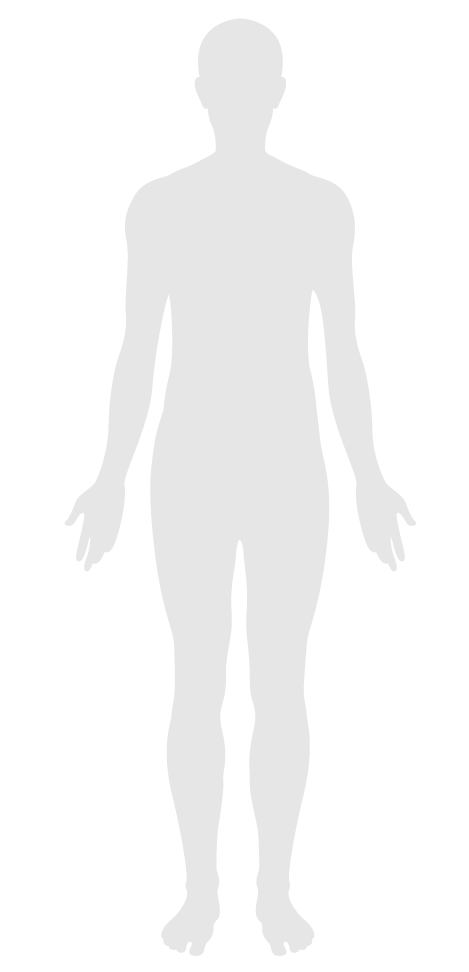Circadian emulation
- 53 Visual lighting design
- 54 Circadian lighting design
- 55 Electric light glare control
- 56 Solar glare control
- 57 Low-glare workstation design
- 58 Color quality
- 59 Surface design
- 60 Automated shading and dimming controls
- 61 Right to light
- 62 Daylight modeling
- 63 Daylighting fenestration
- P2 Light at night
- P3 Circadian emulation
P3. Circadian emulation
Many animals evolved to adapt to the diurnal cycle by using light as a cue for activity and rest. Subtle changes in light quality over the day help modulate the intensity of activity, levels of alertness and preparation for sleep.
This feature manages the spectral power distribution of light over the day to more closely resemble the solar cycle. The power of home lighting can be strengthened by automating the selection of light type according to the time of day. This feature uses the equivalent melanopic lux unit defined earlier in this chapter.
Part 1: Circadian Lighting
In all bedrooms, bathrooms, and rooms with windows, the lighting system meets the following requirements:
a. Allow users to set a "bed time" and a "wake time".
Part 2: Dawn Simulation
In all bedrooms, the lighting system or a standalone device meets the following requirements:
a. Allow users to set a "wake time".
b. Gradually increases light (as measured at the bed, viewing the light) from 0 to at least 250 equivalent melanopic lux over the course of 15 minutes or longer.

Applicability Matrix
| Core & Shell | New & Existing Buildings | New & Existing Interiors | |
|---|---|---|---|
| Part 1: Circadian Lighting | - | - | - |
| Part 2: Dawn Simulation | - | - | - |
| Commercial Kitchen | Education | Multifamily Residential | Restaurant | Retail | |
|---|---|---|---|---|---|
| Part 1: Circadian Lighting | - | - | O | - | - |
| Part 2: Dawn Simulation | - | - | O | - | - |
Verification Methods Matrix
| Letters of Assurance | Annotated Documents | On-Site Checks | |
|---|---|---|---|
| Part 1: Circadian Lighting | Visual Inspection | ||
| Part 2: Dawn Simulation | Architect |
